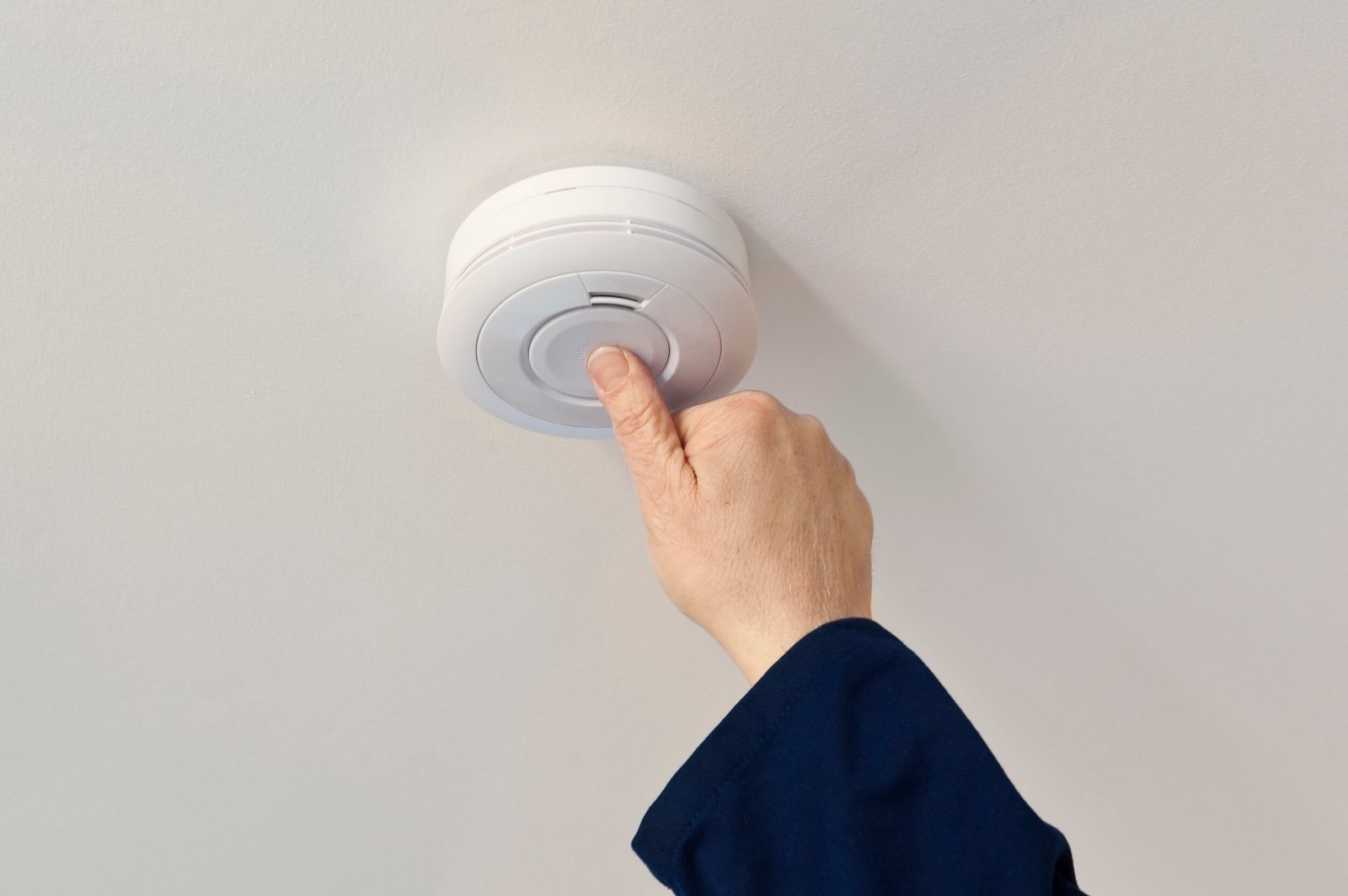
Step 1 – Checking on Battery Back-Up
- Turn off the mains power to the alarm circuit and check that the green light is off
- Listen for a couple of minutes to test that the alarm does not beep. Press and hold the test button for up to 10 seconds to ensure the alarm sounds and triggers any interconnected alarms
Step 2 – Checking On Mains Power
- Turn the mains power to the alarm back on. Check that the green power light is on
- Press and hold the test button for up to 10 seconds to ensure the alarm sounds and triggers any interconnected alarms
- Troubleshooting: If the green light does not come on check the circuit breakers, fuses, wiring etc.
- For more information on testing please view the individual product instructions – these can be found on their product pages
